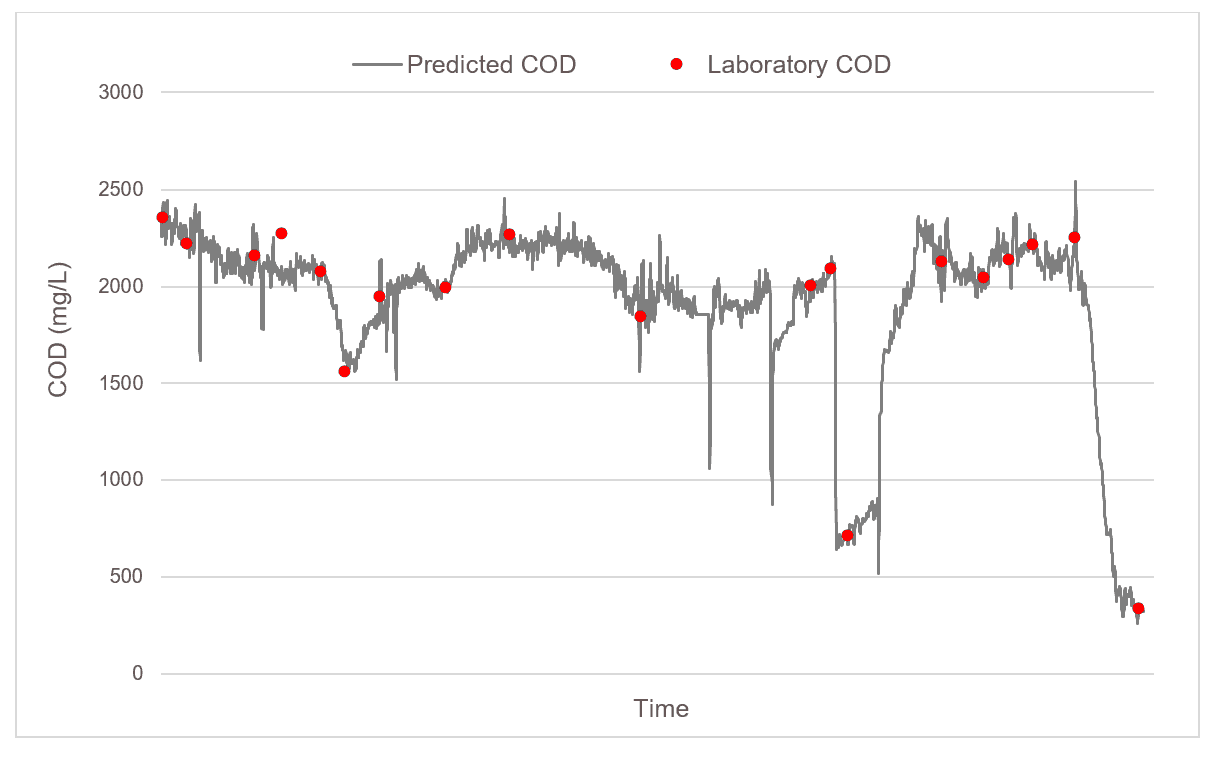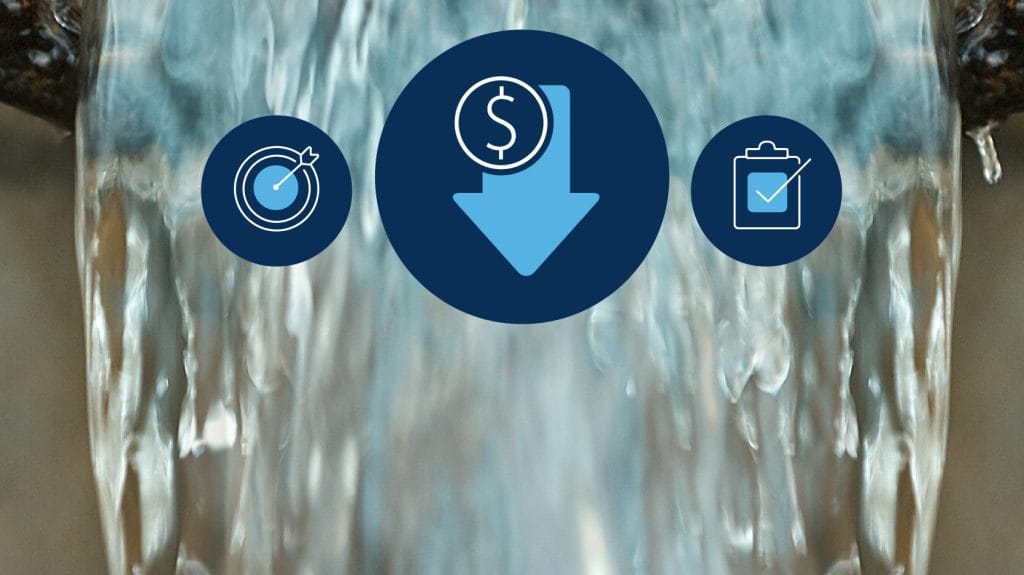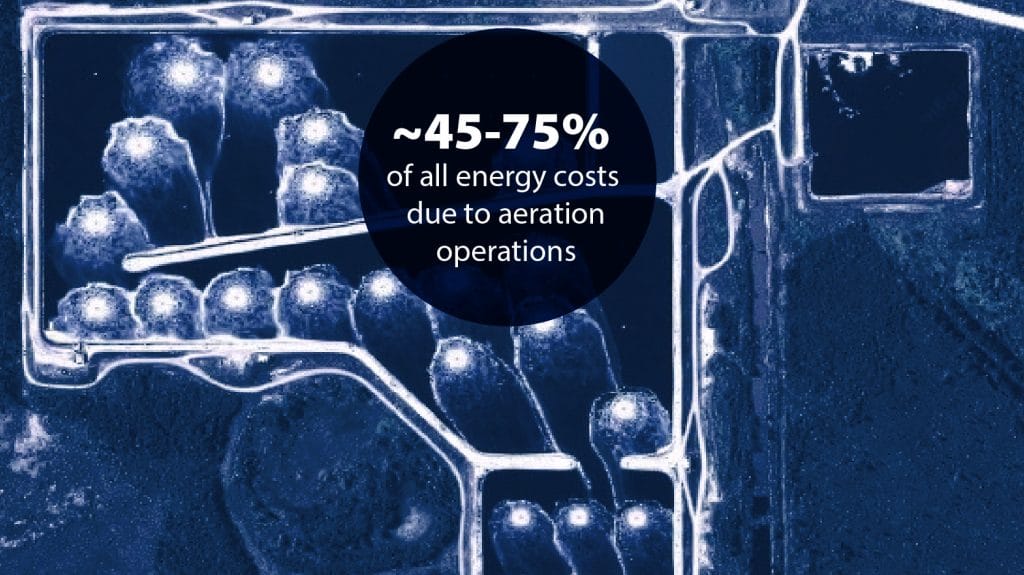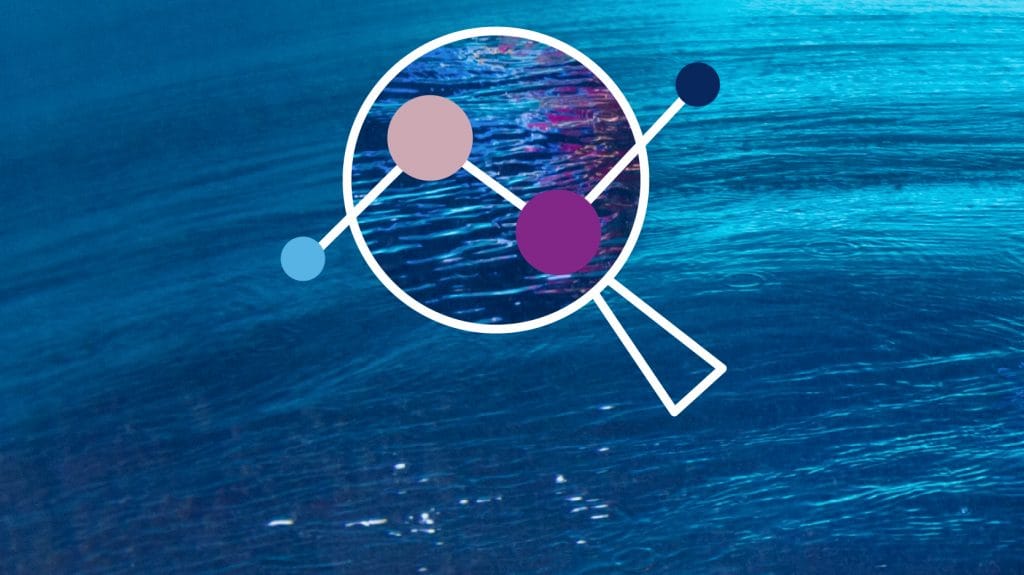SPECTROPHOTOMETRY OVERVIEW
Spectrophotometry is a well-established analytical method, which has been used for decades in chemistry, physics, biochemistry, and chemical engineering for quantitative analyses. A light source and sensor are used to measure the intensity of light passing through a water sample in a known path length cell. Most commonly, ultraviolet and visible (UV-VIS) light sources are used. The principle is that substances in the water sample absorb or transmit light over a given wavelength range. According to Beer’s Law the measured absorbance of substances in the water sample is directly proportional to their concentration.
Over the past decade, significant advances in spectrophotometry have been made allowing the method to be performed reliably and accurately in a real-time fashion. One of the main benefits to performing spectrophotometric measurements continuously is the ability to relate real-time absorbance measurements to the concentration of the absorbing substances. Various types of natural and synthetic organic substances absorb light in the UV-VIS wavelength spectrum as well as nitrate and nitrite. Additionally, suspended matter in water scatters and reflects light which can be compensated for in measurement. Many industries have adopted the online technology to continuously measure water and wastewater quality parameters such as:
- Biochemical Oxygen Demand (BOD) and Chemical Oxygen Demand (COD)
- Total Organic Carbon (TOC) and Dissolved Organic Carbon (DOC)
- Nitrates (NO3–) and Nitrites (NO2–)
- And many other chemicals
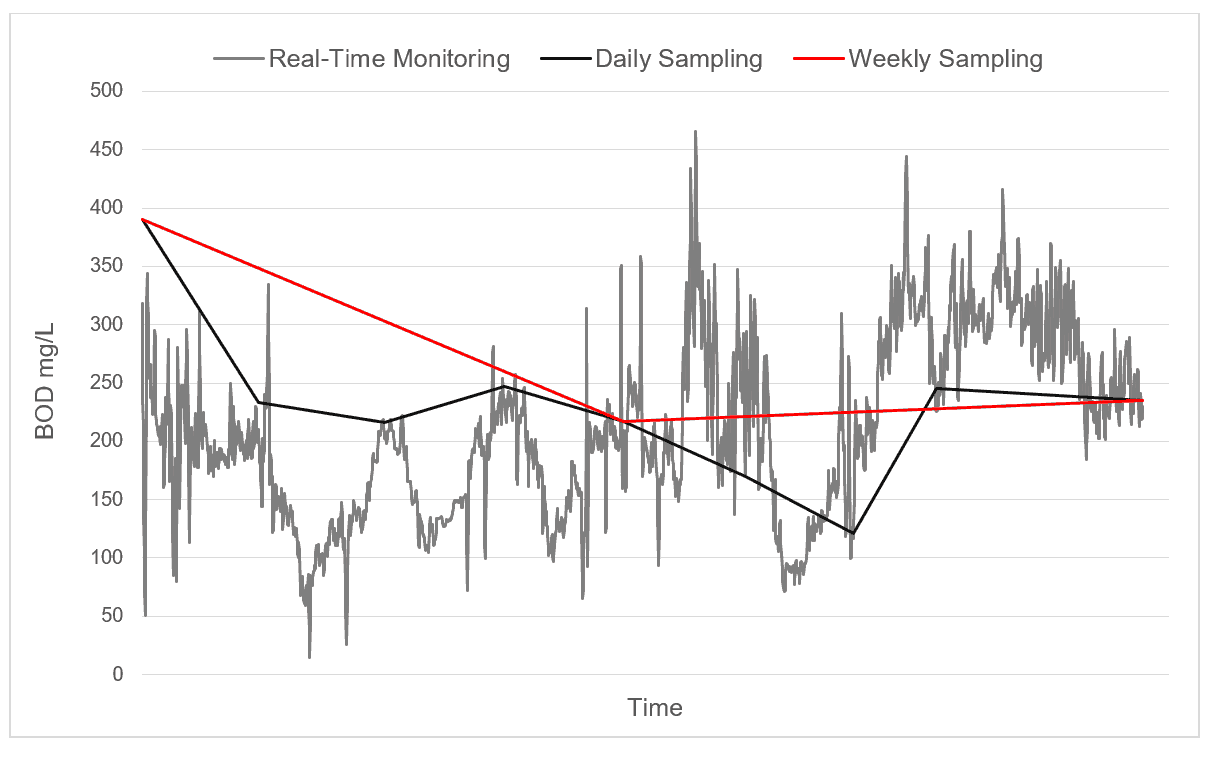 This real-time ability is extremely useful for applications that rely on parameters that are traditionally tested in a laboratory, such as BOD and COD, or are costly to perform online, such as TOC. Spectrophotometric sensors allow for continuous monitoring of a process by analyzing a relatively large volume of the sample. This way, the data collected becomes more representative of the temporal and spatial changes occurring in the process, and the accuracy of sampling and the value of the information obtained are maximized. Figure 1 depicts the value of increasing data collection frequency. As more information on the process is obtained, events are revealed that would otherwise go unnoticed with grab sampling.
This real-time ability is extremely useful for applications that rely on parameters that are traditionally tested in a laboratory, such as BOD and COD, or are costly to perform online, such as TOC. Spectrophotometric sensors allow for continuous monitoring of a process by analyzing a relatively large volume of the sample. This way, the data collected becomes more representative of the temporal and spatial changes occurring in the process, and the accuracy of sampling and the value of the information obtained are maximized. Figure 1 depicts the value of increasing data collection frequency. As more information on the process is obtained, events are revealed that would otherwise go unnoticed with grab sampling.
Another major advantage of using real-time spectrophotometers for water and wastewater applications is the simplicity of the method. The measurement process does not require sample preparation, nor does it require reagents or changing the sample composition in any way. For this reason, operation is very straight forward and maintaining the instrument is both easy and low cost. Spectrophotometric sensors offer new opportunities for process control applications.
A common question that is often asked is how a parameter, such as BOD that takes 5 days to test, is measured in real-time?
Spectrophotometric sensors measure the UV-VIS absorbance of the sample that is continuously flowing through the instrument. As explained above, absorbance is directly proportional to concentration. By taking the absorbance data from a given time and matching it with the BOD laboratory data for the same given time a relationship between these two pieces of information can be established. Further collection of these matching data sets will provide the information needed to build a “calibration”. The calibration is what is used by the spectrophotometric sensor software to continuously convert the measured absorbance data into a milligrams per litre (mg/L) value for BOD. The operator can then quickly interpret the current displayed BOD mg/L value for regulatory assurance or transmit real-time BOD mg/L data to a SCADA or PLC for process control and improvements.
To produce the most accurate results, the sensor manufacture will develop a custom calibration using site specific data. Custom calibrations are very robust, as they account for unique wastewater characteristics of the specific plant that may influence the BOD, COD or TOC composition (i.e. multiple products lines, dyes, cleaning agents, process chemicals etc.). The calibration is audited regularly to prove the validity of the real-time data. In addition, audit samples can be added to the custom calibration data set to continuously improve the robustness and accuracy of the calibration over time.
Involvement at the plant level is very simple, requiring operators to undertake routine maintenance as would be required with any online continuous wastewater instrument. The calibration work is most commonly provided by the sensor manufacture, giving operators their much-needed information without the complexity.
SUMMARY
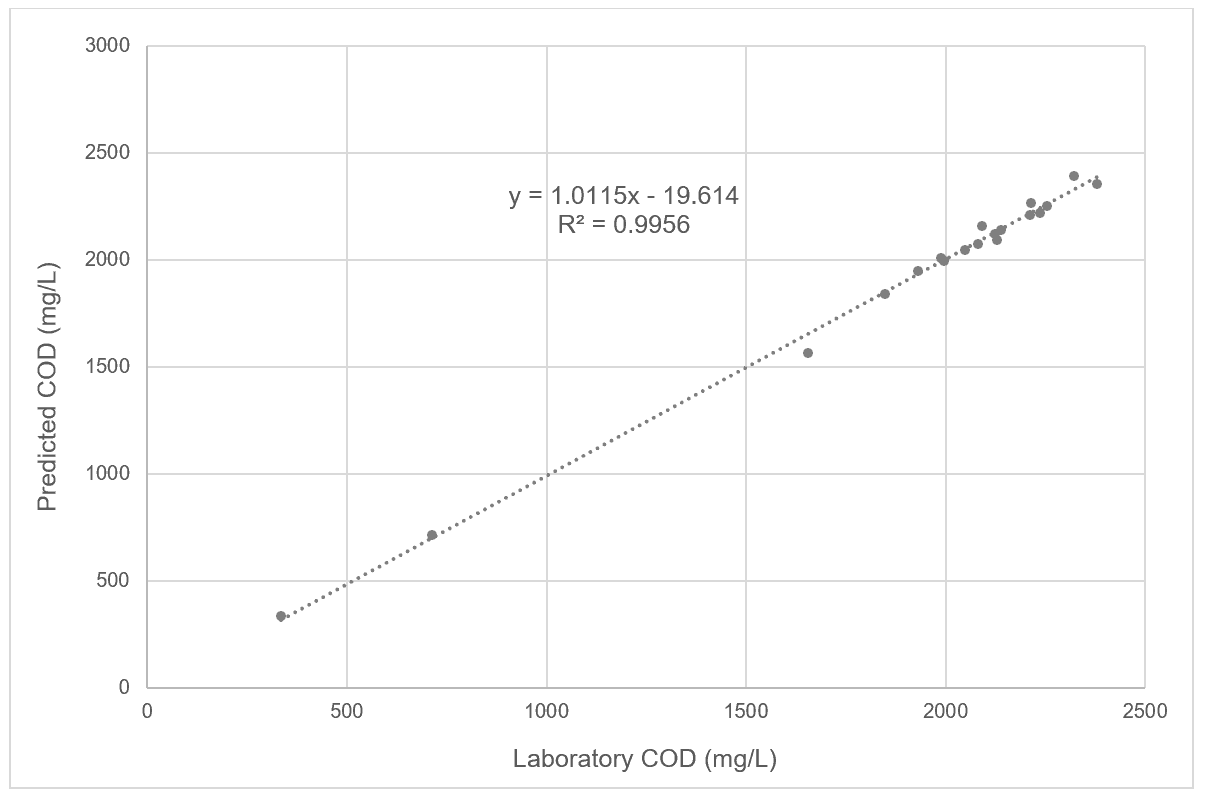 In summary, spectrophotometry is a widely used method that is now available for real-time analysis. By matching a series of laboratory grab sample results to the corresponding time stamped data from a UV-VIS sensor, a custom calibration is obtained that is highly accurate for the given site. Implementation of real-time spectrophotometric monitoring for BOD, COD, TOC and various other parameters and compounds can result in a variety of beneficial outcomes including informed decision making, optimization of system performance, greater process control, optimization of chemical and nutrient dosing, reduction in effluent surcharge fines/fees and reduction in product lost to wastewater. Additionally, due to the wide detection capabilities of UV-VIS analysis monitoring, additional processes such as clean-in-place (CIP) or dye (colour) concentration monitoring can also bring significant value. Real-time analysis is both a simple and cost-effective way for operators to gain a more complete understanding of their wastewater and processes.
In summary, spectrophotometry is a widely used method that is now available for real-time analysis. By matching a series of laboratory grab sample results to the corresponding time stamped data from a UV-VIS sensor, a custom calibration is obtained that is highly accurate for the given site. Implementation of real-time spectrophotometric monitoring for BOD, COD, TOC and various other parameters and compounds can result in a variety of beneficial outcomes including informed decision making, optimization of system performance, greater process control, optimization of chemical and nutrient dosing, reduction in effluent surcharge fines/fees and reduction in product lost to wastewater. Additionally, due to the wide detection capabilities of UV-VIS analysis monitoring, additional processes such as clean-in-place (CIP) or dye (colour) concentration monitoring can also bring significant value. Real-time analysis is both a simple and cost-effective way for operators to gain a more complete understanding of their wastewater and processes.
Discover more about Real Tech’s comprehensive line of spectral absorbance sensors here.
DOWNLOAD SPECTROPHOTOMETRY WHITEPAPER PDF HERE
________________________________________________________________________________________________________________________
RELATED POSTS
OPTIMAL NUTRIENT DOSE FOR WASTEWATER TREATMENT
AERATION OPTIMIZATION IN WASTEWATER
CONTAMINANT DETECTION IN WASTEWATER
GO BACK TO BLOG
![]()

